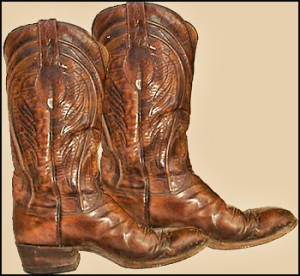
Olof Persson Stillé was born in 1610 on this lovely estate [Penningsby Manor/Castle in Ruslagen, Sweden] where his father had a position of some importance. [continue reading…]

Olof Persson Stillé was born in 1610 on this lovely estate [Penningsby Manor/Castle in Ruslagen, Sweden] where his father had a position of some importance. [continue reading…]

It’s always so interesting to open up Ancestry.com on a Sunday morning and find some new record hint attached to an ancestor. [continue reading…]

9 September 1930 Beeville, Texas – 30 July 2015 Victoria Texas
I look into these eyes and see myself staring back. As little girls, we looked so much alike. [continue reading…]
I have enjoyed looking at the photos and quotes published by Garden & Gun magazine this month — advice that fathers have given their children through the ages. Some are seriously good and some are terribly funny!
 “If you ever see a turtle on a fence post, don’t ever think he got up there by himself. Everybody has help getting where they are.”
“If you ever see a turtle on a fence post, don’t ever think he got up there by himself. Everybody has help getting where they are.”
An especially nice sentiment — and I found that it’s originally attributed to Alex Haley. I’d never heard it before today, but it appears that I am the last person on the planet who did not know about the hapless turtle, given the dozens of illustrations that appeared on a simple search.
When I first read this quote, I thought of the glass half full. Meaning, everyone could use help to be successful or happy. However, the more I looked at the poor turtle in this image — the more I felt sorry for him. He does not deserve to be stuck on this post! Someone “helped” him to get in this situation? How mean.
 “If you ever lose yourself and need time to think and find yourself, I will give you 5 minutes before my boot helps you out!”
“If you ever lose yourself and need time to think and find yourself, I will give you 5 minutes before my boot helps you out!”
I have never understood what hippies of the 1960s meant by saying that they needed to find themselves. Huh? I have always known that I was right here in my own shadow. So, I like the fact that this father was going to give a heave-ho to an offspring who needed to “find himself”.
My father would have gently ‘encouraged’ me with well-worn but nicely polished pair of Lucchese’s. What I wouldn’t give to sit and watch him shine his boots just one more time.
The best advice I got from my Dad:
“Always act like a lady, Butch, and you won’t have anything to be sorry for later.” Carol Fornum Caldwell (28 December 1920 Wirt, OK – 23 February 1979 Corpus Christi, TX)

Though hobbled by injuries received in the Painted Desert, I was still able to enjoy a photo tour of Monument Valley — a ‘holy place’ that I dreamed of visiting since before I knew exactly where it was. This view of John Ford’s Point was captured as a storm approached the valley.
During a recent snow storm, it was my good fortune to watch again “She Wore a Yellow Ribbon”. There’s a part of the movie where the cavalry troops are making their way back towards the fort in the midst of a wild storm. The filming of it was awesome, especially given the older technology of this old movie. I was transported back to the day that I actually saw this valley with my own eyes.